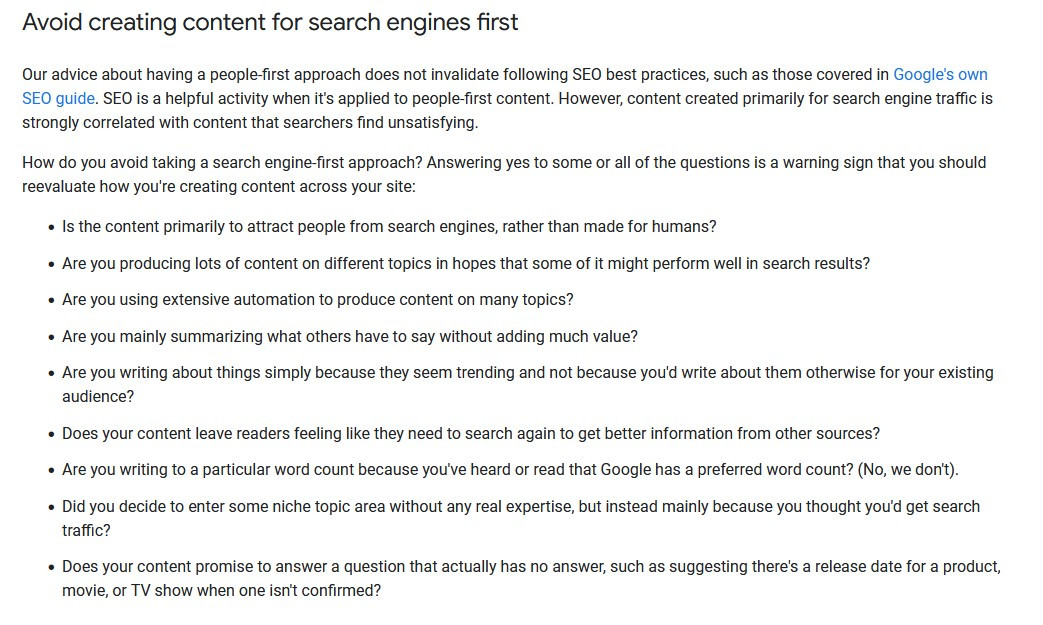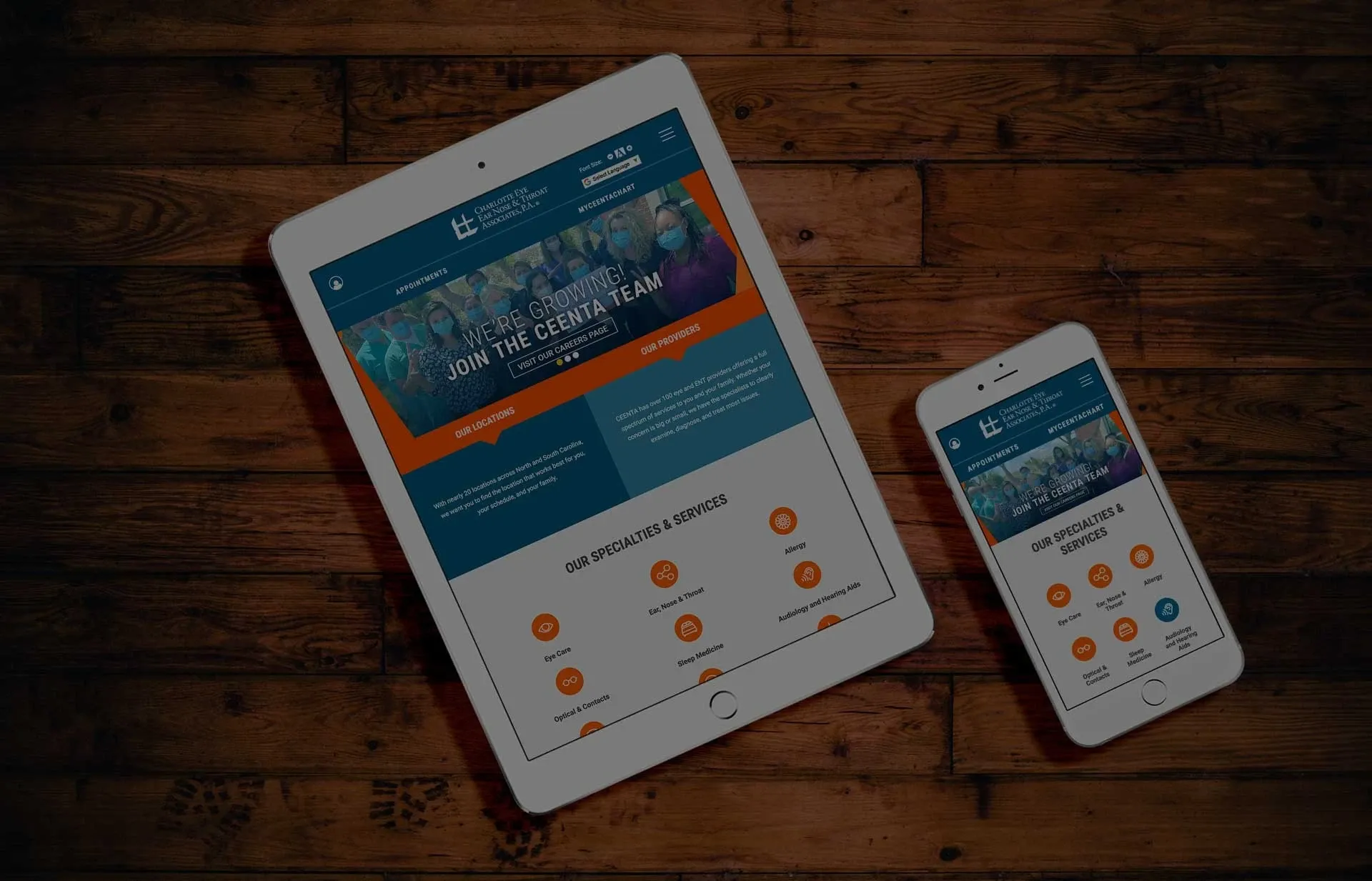At E-dreamz, we’ve been bemoaning the “death” of SEO for what seems like a decade now. But that interpretation of changes in the SEO landscape over the years means something different for agencies selling SEO services than it does to healthcare marketers who are trying to improve their own practice’s website rank.
Looking ahead to 2025, there are several things to keep any eye on that may impact how organic search should be approached.
Things to keep an eye on in 2025:
The Google Anti-Trust Ruling
For years, decades even, we’ve lamented the near-monopolistic control Google has asserted over the digital world, but the E-dreamz philosophy has always been that we must simply accept that that’s the landscape in which we operate.
With ramifications and downstream impact of Google’s anti-trust proceedings looming, that landscape is set to shift, potentially dramatically, in 2025.
There’s no crystal ball to predict this sort of thing, so we’re not ready to change strategy yet. However, it’s important to stay on top of the rulings and Google’s own proactive loosening of their reins on search and analytics.
Our best guess? Little will happen in the short-term. But if Google opens up its data or if Chrome loses market share, we’ll need to pay attention to those changes.
Alternative Search Results, AI Results, Zero-Click Searches
The era of generative AI is upon us. And with changes in many search engines’ use of AI to parse and interpret web content in search results, the entire search experience has shifted. Zero-click searches are on the rise, with many users finding the answers to their questions without ever navigating to any web page.
The generative AI search results don’t necessarily alter the specific SEO strategy for on-page content, but they do impact statistics related to search volume and web traffic. So it’s important to put an asterisk next to certain metrics if you see downticks in your reporting.
The other thing to keep in mind is follow-up search. If more users are finding the answers to their initial questions in AI summaries, that’s not necessarily a bad thing - especially in healthcare. Many initial searches may be about a particular ailment or diagnosis, which can be answered with generic “patient education” content in the generative AI results. The follow-up searches after those initial questions about procedures or treatments will be more likely to focus on finding a provider or clinic near the patient, which is where your local web content strategy should focus. Anticipating follow-up searches for common primary queries will help you craft more focused content on your deeper level services, specialties & treatments that will capitalize on these subsequent searches.
Video, Video, Video…
We’ve been harping on this for years, but it holds true still. If you don’t currently have a video content strategy, you need one.
Users would far rather watch a 2 minute video than read a wall of text on a web page. And visitors want to watch videos on video platforms (ie, YouTube), not on your website.
Embedded video content on the web page is great… but it serves little purpose other than dragging down your Web Vitals. Your video strategy should be to push visitors from your web pages to your YouTube page to watch specific video content, rather than vice versa. Your high-performing Youtube videos will naturally lead visitors back to your webpage. But you need a working video search strategy within the YouTube platform to help your videos be found.
YouTube is a tremendously powerful search engine in its own right. But Google’s inclusion of video carousels in search results is an important factor to consider as well. Your marketing team should be monitoring what video content is showing up in search results for relevant topics and creating high-quality video content around those terms.
SEO & Content Strategy for 2025 and Beyond
“Engagement” Remains the Primary Focus
Google has been pretty forthcoming for years that it operates in the interest of showing visitors the content they’re most likely to engage with. The only somewhat-actionable guidance associated with that has been the E-E-A-T model, but even that is a bit of a chicken and egg scenario: you have to get engagement to increase your authority, so you can’t simply manifest E-E-A-T in your content without truly being an expert in your field. However, with Google’s “Helpful Content” update in 2023 - things got easier, sort of. At the end of the day, all Google really cares about is that your content is patient-focused and provides useful information.
How do you apply this in the real world? In short, just write content you know your users will want to read. In healthcare, this is simple: focus on content that highlights your patients’ success stories, recoveries and outcomes. Capitalize on any unique, interesting or noteworthy accomplishments of your practitioners or providers. Keep your content clear, concise and fresh.
Google expects content to be written for real people… not for search engines. If patients engage with your content, search engines will follow.
Keep Your Content Tight
“Traditional” SEO strategies, for whatever that term might even mean anymore, have been losing their effectiveness continually for years. Long gone are the days where content can be simply structured in a ‘best practices’ way to outrank competition. The algorithms are much smarter than that.
Google, and all search engines, favor streamlined, focused content. Stop building massive pillars of content on your landing pages that throw in every piece of related information you can think of. We call these “kitchen sink” pages, and we all know by now that they don’t perform well in the modern world of organic search. (Don’t take our word for it, check Google’s page experience guide.)
Your core evergreen pages - products, services, specialties, etc - should be very streamlined, simple and focused. Google stated pretty clearly in its aforementioned “Helpful Content” update that length and keyword density are non-factors in organic rank. The only important ranking factors now are user experience and engagement. As we said above, you should be writing your content for people - not search engines. As such, the strategy should be to “disaggregate” your content - split out long, voluminous pages into multiple distinct, hyper-focused pages.
Google favors content that is tightly aligned with the user’s search intent. For example, you might currently have one master page under one of your core healthcare service pages for “Recovery and Aftercare”. Consider splitting that page into a section of pages each with a hyper-focused, patient-first approach. Perhaps you convert that one page into several: How to prepare for the day of your surgery, What to expect the first day after surgery, Complications to look out for, Long-term path to recovery, etc. Shorter, tightly-focused individual content pages will outperform long “everything but the kitchen sink” catch-all pages.
We recommend keeping your core pages very lightweight, and leveraging your blog, resources, patient library or video content to build your more content-rich and informative pages. These ancillary pages can be easily cross-linked to your core pages as related items, to give visitors easy access to the information they’re looking for in a well optimized way.
Forget About Keywords
This is a tad hyperbolic, but only a tad. The days of building a content strategy solely around specific keywords are long gone. The impact of target keywords has been diminishing rapidly in recent years. Think instead about topics. Search engines know which terms users search, but what search engines want is content that helps those users find what they are looking for.
Anyone who has talked to us directly about content strategy or SEO over the past few years has heard us give the same answer over and over: “Don’t worry about keyword research, focus keywords, etc. Focus first on generating interesting content that gets high engagement.” That doesn’t mean you don’t optimize your content according to current SEO best practices, but what it does mean is you don’t pour over every H tag on the page to make sure it’s stuffed with the right “strategic” keywords for search volume. You simply write the content in a logical way so that the average reader can easily digest your message. Poorly optimized content with high engagement will outrank well optimized content with low engagement. (But, of course, well optimized, high-engagement content would be ideal.)
Google isn’t always the most helpful or forthright with their guides, recommendations or transparency of algorithm changes. This, however, is one of my favorite things Google ever released:

To simplify that list a bit, here’s the E-dreamz version:
- Write content with your average visitor/patient in mind.
- Don’t scattershot random pieces of content all over your website.
- Write focused, specific content around your core specialties and services.
- Don’t overuse AI.
- Don’t write the exact same things you see your competitors write.
- Keep it short and to the point.
- Cross-link related content wherever applicable.
If you do those things - and your content is interesting, helpful and informative - then it should garner high engagement which will ultimately help it rank in organic search.
Check out our 2025 Outlook for healthcare web design and UX to learn more about how your content strategy should be executed on your web pages.
« Back to Blog
- Case Study: A Patient-Centered Digital Experience for Advanced Prosthetics
- Case Study: A Modern Digital Front Door for OrthoAtlanta
- How Healthcare Providers Can Optimize Their Google Business Profile in 2025
- How Healthcare Providers Can Use Google Performance Max to Attract More Patients
- Top Healthcare Marketing Trends to Watch in 2025
Ready to Get Started? Contact Us Today to Schedule Your Discovery.

© 2025. All rights reserved. E-dreamz, Inc.

